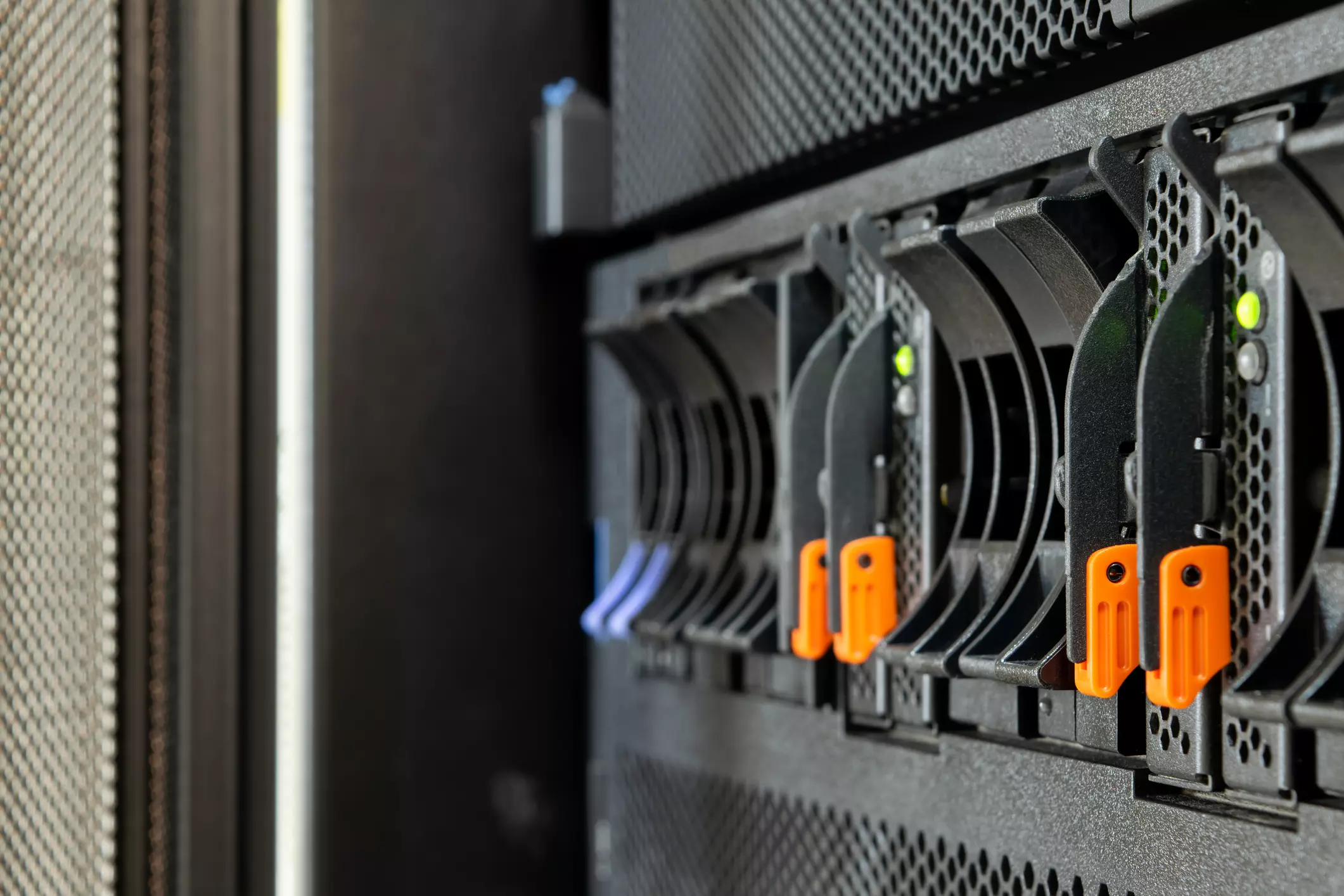Traditional storage architectures force the IT professional to sacrifice either on cost or on performance, in order to obtain data protection services such as snapshots and erasure coding. This is no longer acceptable in a business environment that increasingly does not tolerate compromise on data integrity or on application performance, and that requires maximum levels of utilization of hardware resources. In this installment, we will explore how StorONE has rearchitected the storage software to enable resiliency and accelerate drive rebuilds, without impacting performance, while also increasing both flexibility and hardware cost efficiency.
How Traditional RAID Approaches Fall Short
RAID (redundant array of independent disks) configurations have been used for decades to facilitate data resiliency. The technology allocates data across multiple storage drives, and then presents a virtual array to the operating system as a single drive. RAID configurations may vary depending on the required levels of redundancy and performance. From this perspective, RAID is a prime example of the tradeoffs that enterprises have needed to endure.
How StorONE is Different
Rather than relying on antiquated RAID approaches that are expensive, risky and slow, StorONE takes a different approach. Our S1 Unified Enterprise Storage (UES) software virtually pools storage resources from multiple drives, on the basis of a particular workload’s performance and capacity needs. This approach offers additional flexibility over RAID configurations to fine-tune resiliency levels and boost capacity utilization, because storage drive capacities may be mixed and matched within the virtual pool. Additionally, various redundancy levels may be set for different volumes. At the same time, our approach greatly accelerates storage drive rebuild times in the event of a drive failure, because data can be rewritten to any drive within the virtual pool that has spare capacity. In fact, our customers are seeing drive rebuild speeds that are two orders of magnitude (100 times) faster than RAID. Cost efficiencies are further enhanced for our customers because we do not require a “hot spare” drive to sit unused, awaiting a drive rebuild.
Conclusion
StorONE provides customers with greater peace of mind by removing the need to sacrifice on cost or performance in order to obtain their required levels of data integrity. A prime example of this is how we bypass legacy RAID configurations, facilitating parallel drive access for faster rebuilds, and greater flexibility in the form of drive capacities that may be utilized and the ability to set volume-level redundancy levels. Our S1 software provides greater resiliency and faster performance than traditional systems, while at the same time cutting costs.
Topics: Insider, news, data storage, RAID




